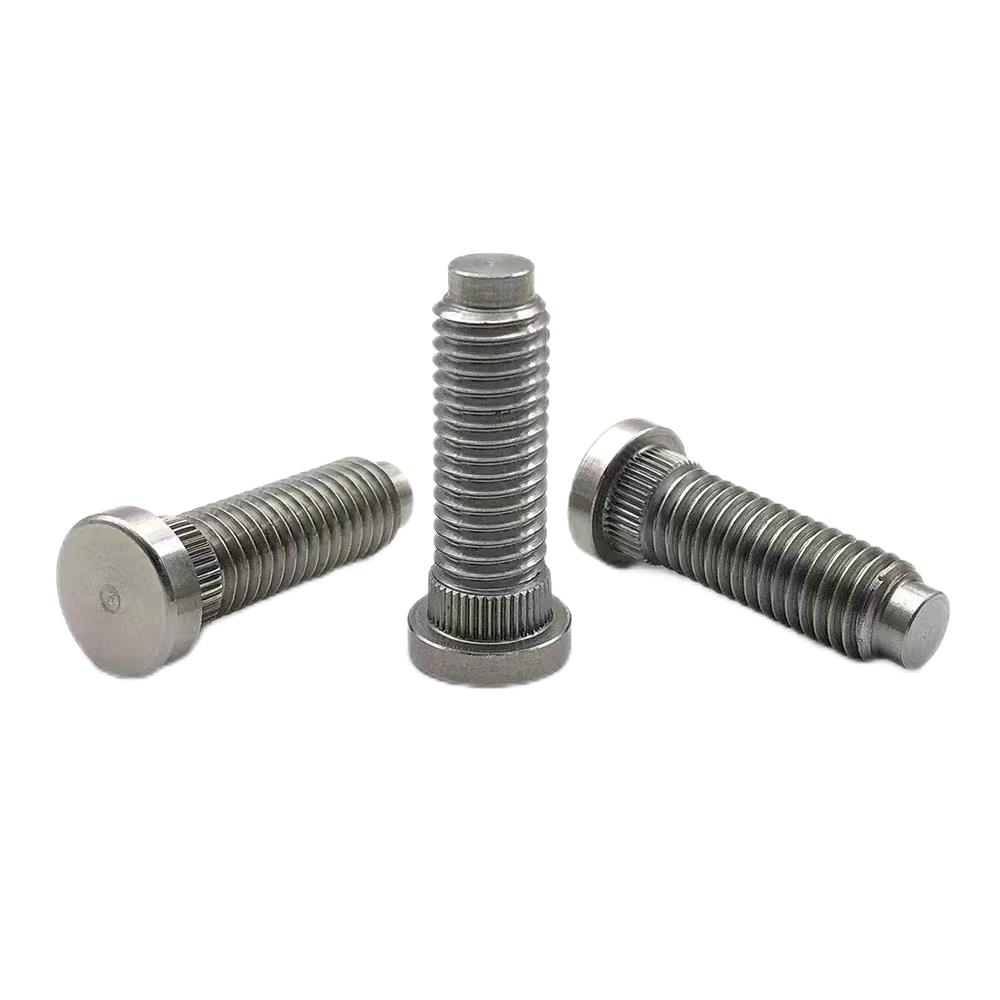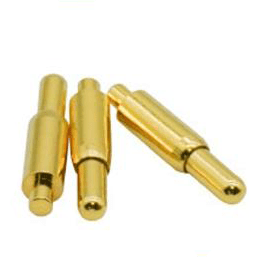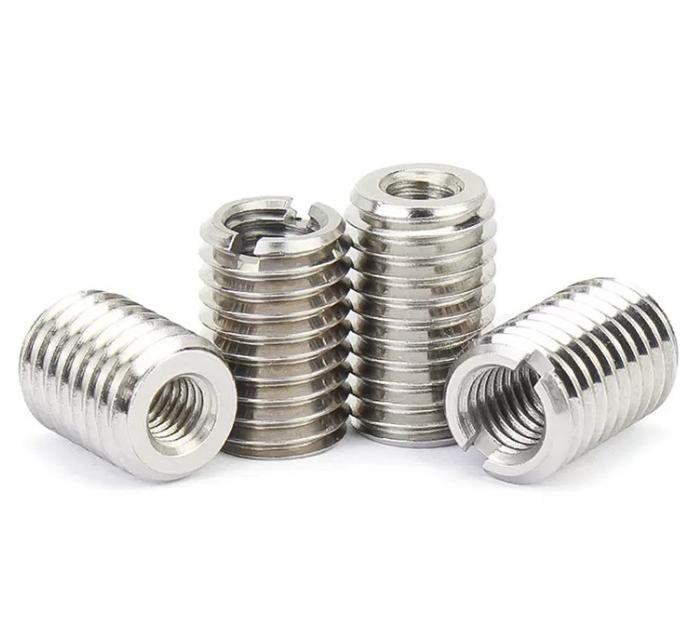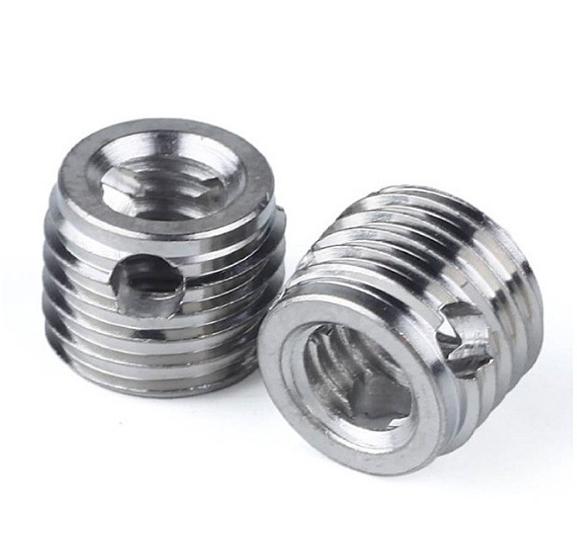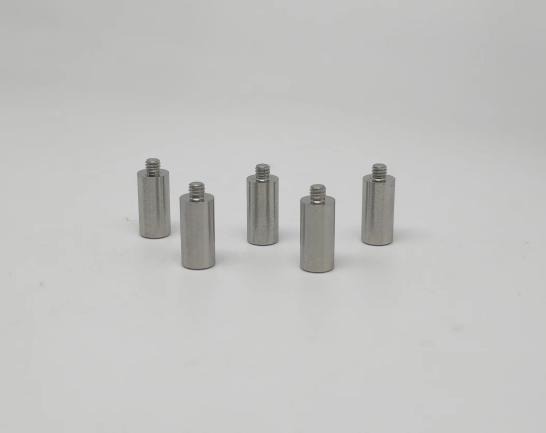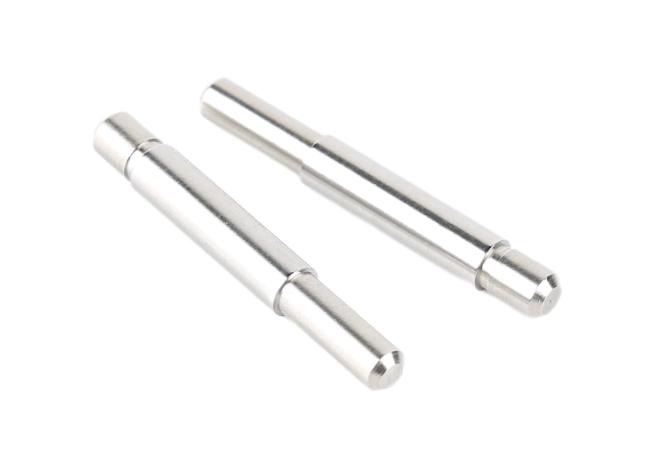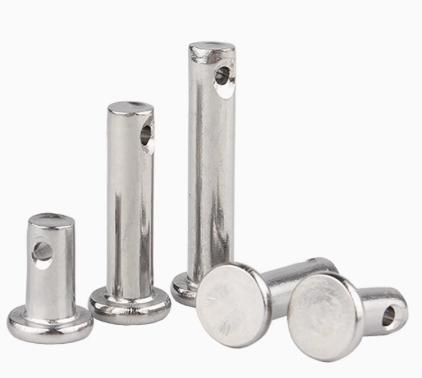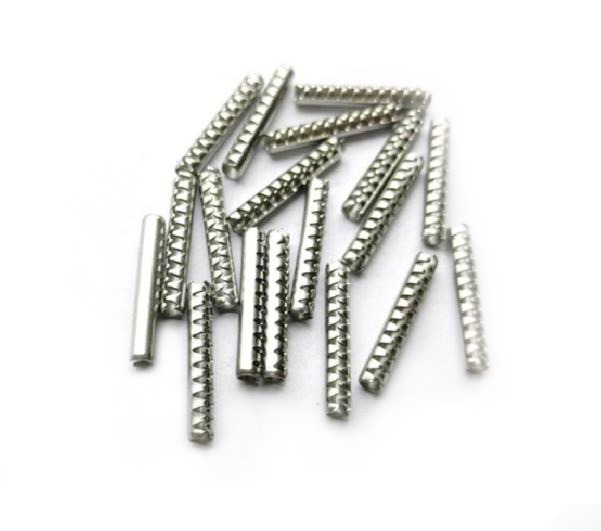The Crucial Role of CNC Machining Parts in Electric Vehicle Manufacturing
Precision-engineered components made using CNC (Computer Numerical Control) machining are important to electric vehicles. From battery systems to engine components, CNC machining is critical to determining the future of electric mobility. This article explores the importance, applications, and challenges of CNC machining parts in electric vehicles, highlighting their role in driving innovation and sustainability in the automotive sector.
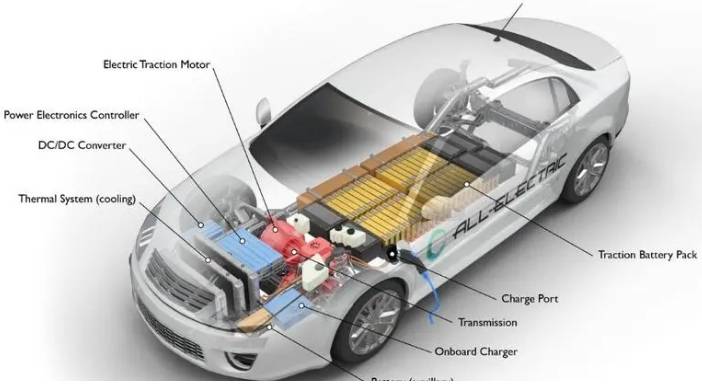
Applications of CNC Machining Parts in Electric Vehicles
1. Battery Components
CNC machining is essential in the manufacture of battery components for electric vehicles. This comprises precisely machined battery housings, cell holders, and heat management systems. These components are intended to offer structural support, thermal control, and safety features to the vehicle’s battery pack.
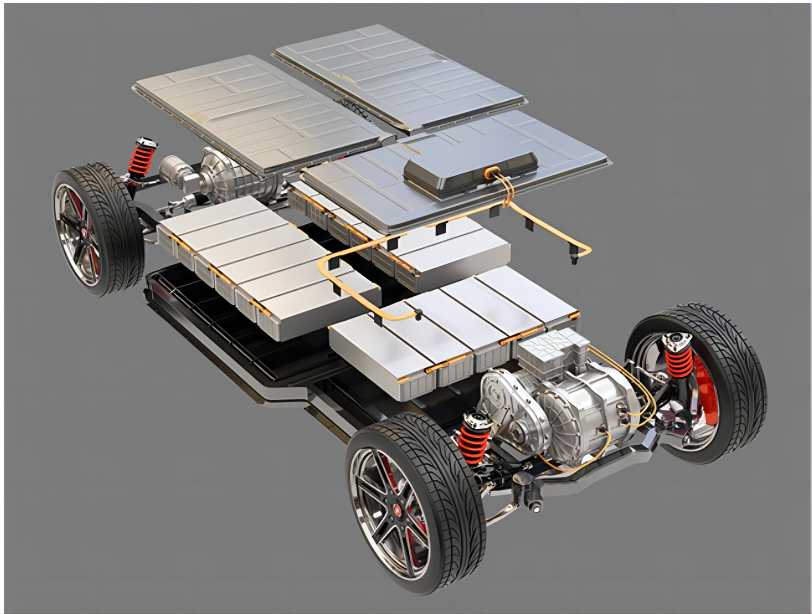
2. Motor Components
Electric cars need powerful electric motors for propulsion, and CNC machining is used to produce numerous motor components. This contains the motor housings, rotor shafts, stator assemblies, and cooling fins. These components are designed to maximize the power production, efficiency, and durability of the electric motor system.
3. Charging Infrastructure
CNC machining is involved in producing components for EV charging infrastructure, such as charging connectors, sockets, and mounting brackets. These precision-machined parts are essential for facilitating fast and reliable charging of electric vehicles, whether at home, in public charging stations, or on the go.
4. Powertrain Components
CNC machining is used to manufacture essential engine components for electric vehicles. This includes transmission casings, differential gears, drive shafts, and gearboxes. These components are designed to efficiently and reliably transfer power from the electric motor to the wheels.
5. Structural Components
CNC machining is utilized in fabricating structural components for electric vehicles, including as chassis parts, suspension components, and frame reinforcement. These precision-engineered components are critical for keeping the vehicle rigid, stable, and crashworthy while reducing weight and increasing energy efficiency.
6. Interior and Exterior Trim
CNC machining enables the manufacture of interior and exterior trim components for electric vehicles. This includes dashboard panels, door handles, grille inserts, and trim accents. These aesthetically beautiful components improve the vehicle’s overall appearance and functionality, demonstrating the industry’s dedication to design excellence.
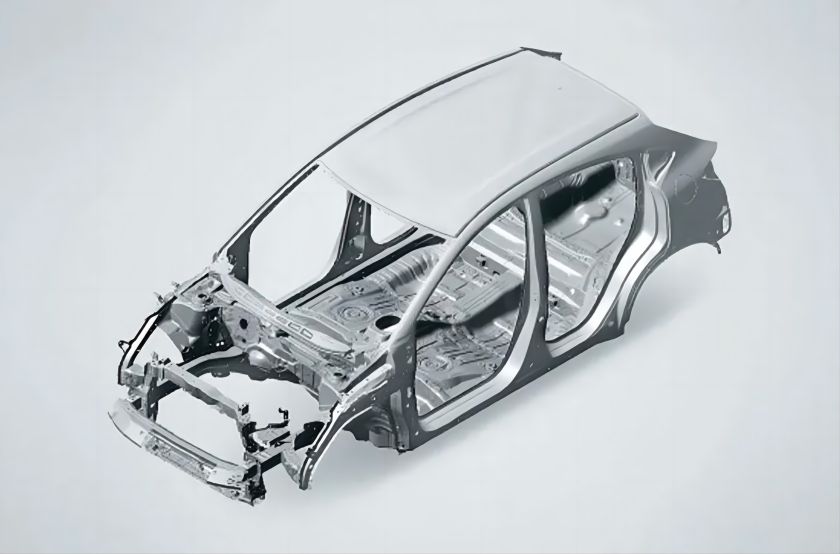
7. Regenerative Braking Systems
CNC machining is used to manufacture components for regenerative braking systems in electric vehicles. This includes brake calipers, rotors, pads, and brake discs. These precision-machined parts optimize braking performance, energy recovery, and overall driving efficiency.
Benefits of CNC Machining Parts for Electric Vehicles
| Benefit | Description |
| 1. Precision | CNC machining offers high precision and accuracy, ensuring that components meet tight tolerances required for electric vehicle applications. |
| 2. Versatility | CNC machines can produce a wide range of complex shapes and geometries, allowing for the manufacture of diverse components used in electric vehicles. |
| 3. Efficiency | CNC machining is highly efficient, enabling rapid production of parts with minimal material wastage, contributing to overall manufacturing efficiency. |
| 4. Customization | CNC machining allows for customization of parts to meet specific design requirements and performance criteria of electric vehicle manufacturers. |
| 5. Material Compatibility | CNC machines can work with a variety of materials commonly used in electric vehicle components, including aluminum, steel, and composites. |
| 6. Scalability | CNC machining is easily scalable, making it suitable for both prototyping and large-scale production of electric vehicle parts. |
| 7. Consistency | CNC machining provides consistent quality and repeatability across batches of parts, ensuring reliability and uniformity in electric vehicle manufacturing. |
| 8. Cost-effectiveness | Despite initial setup costs, CNC machining offers long-term cost-effectiveness through high production volumes, reduced labor requirements, and minimal scrap. |
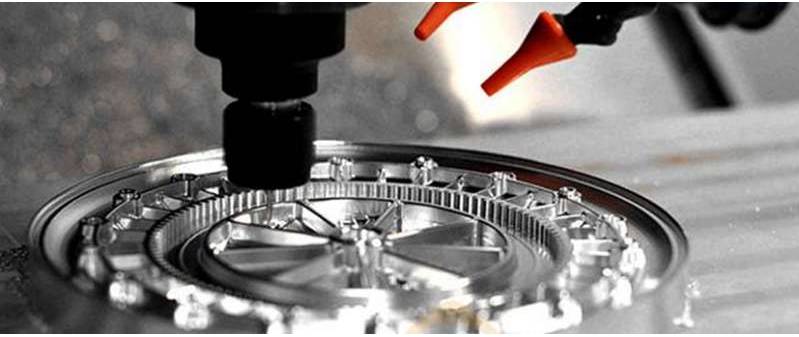
Challenges and Solutions in CNC Machining Parts for Electric Vehicles
| Challenge | Description | Solution |
| 1. Material Selection | Complex Materials: Electric vehicles often require parts made from advanced materials such as aluminum alloys, composites, and high-strength steels, posing machining challenges. | Advanced Tooling: Utilize specialized cutting tools and tool coatings designed for machining challenging materials. Optimized Machining Parameters: Adjust cutting parameters such as cutting speed, feed rate, and depth of cut to suit the properties of the materials being machined. |
| 2. Component Complexity | Intricate Geometries: Electric vehicle components may feature complex shapes and tight tolerances, requiring precise machining capabilities. | Advanced CAD/CAM Software: Utilize advanced computer-aided design (CAD) and computer-aided manufacturing (CAM) software to program complex toolpaths and optimize machining strategies. Multi-axis Machining: Implement multi-axis CNC machining capabilities to access and machine intricate features from multiple angles. |
| 3. Thermal Management | Heat Generation: Machining operations generate heat, which can lead to thermal distortion and dimensional inaccuracies in machined parts, particularly in materials like aluminum. | Coolant Systems: Implement efficient coolant systems to dissipate heat and maintain stable machining temperatures, reducing thermal distortion. Tool Cooling: Utilize cutting tools with built-in cooling features or employ external cooling methods to control tool temperature during machining. |
| 4. Environmental Impact | Sustainability Concerns: Electric vehicle manufacturers are increasingly focused on reducing the environmental impact of their production processes, including CNC machining operations. | Green Machining Practices: Adopt environmentally friendly machining practices such as recycling metal chips and using eco-friendly cutting fluids. Energy-efficient Equipment: Invest in energy-efficient CNC machining equipment and technologies to minimize energy consumption and carbon emissions. |
| 5. Supply Chain Resilience | Dependency on Global Suppliers: Electric vehicle manufacturers rely on a global network of suppliers for raw materials and machined components, which can pose supply chain risks. | Diversification of Suppliers: Diversify the supply chain by sourcing from multiple suppliers and regions to mitigate the impact of supply disruptions. Localized Manufacturing: Consider establishing localized machining facilities or partnerships to reduce dependency on distant suppliers and improve supply chain resilience. |
| 6. Quality Assurance | Stringent Quality Standards: Electric vehicle components must meet strict quality standards and performance requirements to ensure reliability and safety. | Advanced Inspection Technologies: Implement advanced inspection technology including coordinate measuring machines (CMMs) and non-destructive testing (NDT) methods to ensure part dimensions and integrity. Continuous Improvement: Establish robust quality management systems and processes to constantly monitor and improve machining quality. |
Conclusion
CNC machining is essential in the production of electric vehicles, as it improves their performance, safety, and sustainability. As the electric vehicle sector expands and evolves, CNC machining will remain a cornerstone of innovation, pushing breakthroughs in vehicle design, performance, and efficiency while paving the way for a cleaner, greener future of transportation.

